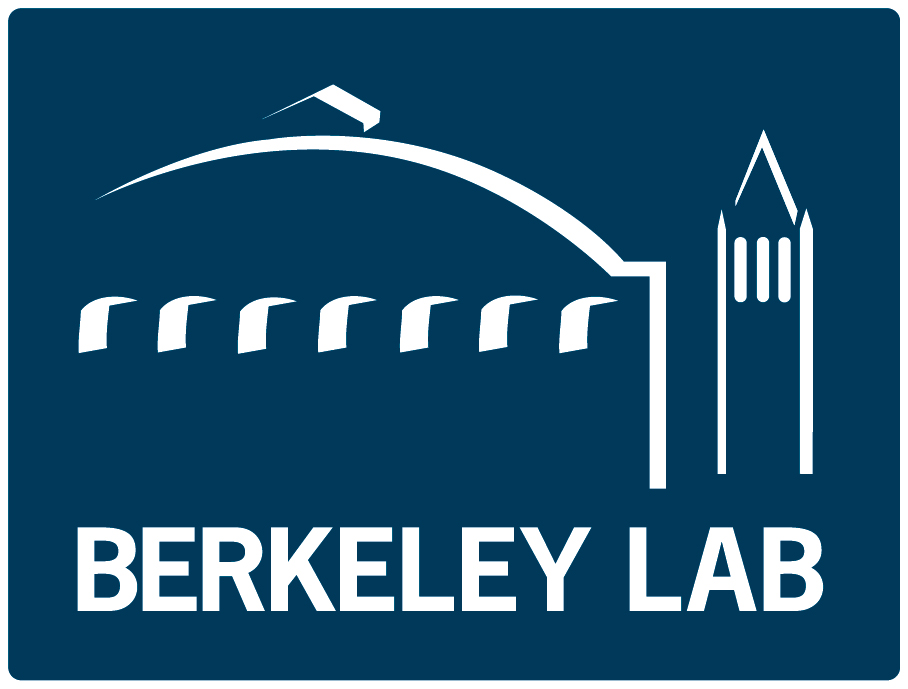For an overview of Berkeley Lab’s Technology Transfer Process and steps to protect researchers’ intellectual property, read the Research’s Guide to Technology Transfer (2017 revision). All new inventions and software must be disclosed online. Go to the Innovation Portal to start the process.
Following are Frequently Asked Questions about the Technology Transfer Process. If you have additional questions, email ipo@lbl.gov or contact the Technology Commercialization Associate assigned to your area / division.
New Discoveries
Is a Record of Invention the same as a patent?
No. A Record of Invention is an internal Lab document written by the inventor and submitted to the Lab’s Patent group using the Innovation Portal.Once your ROI has been reviewed by the Innovation and Partnerships Office, a staff member will contact you and a decision will be made as to whether or not a patent application will be filed. Simply submitting a ROI does not protect intellectual property rights. A patent application is a detailed document prepared by the Lab’s Patent group and filed with the U.S. Patent and Trademark Office (USPTO).
When should I submit a Record of Invention (ROI)?
The ideal time is after you have built a physical model demonstrating that the invention works and before it has been published or publicly presented. Even if your invention is not reduced to practice, to fully protect U. S. and foreign patent rights you should submit an ROI before any publication or presentation that describes its core concepts.
What if I have developed software?
A software disclosure and abstract should be submitted via the Innovation Portal a few months before completion of the software or as soon thereafter as possible. Software must be formally reported before you distribute it to anyone outside of LBNL or DOE, even if it is to be distributed for free. If you think you might want to distribute your software outside of the Lab even if you only plan to share the software with other academic institutions, please contact us.
If your project requires that you incorporate third party software, be sure to document where you obtained the code and what legal terms apply to its use, e.g. download and keep a copy of the software license. You should also keep records of the individuals who contributed work on the code and what funding supported its development.
Patents
Are publishing and getting a patent both possible for a given invention?
Yes, publishing and patenting are completely compatible if the Lab files for patent protection before you first publish. Contact Innovation and Partnerships Office before you publish or speak publicly about an invention so that we can take appropriate action to protect it. Technology transfer involves moving an invention or software from the Lab to the marketplace, usually by licensing it to a company that further develops the invention and commercializes it.
What might I inadvertently do that would jeopardize getting a patent?
Some or all patent rights may be lost if you make a public disclosure before the Innovation and Partnerships Office files a patent application. A disclosure includes any publicly available written, electronic, or oral description of the invention. Internal disclosures to Lab employees are fine. Please contact the Patent Group at x7058 for advice before you publish or present.
Why does the Lab patent inventions?
We protect inventions for a number of reasons. It makes the invention more attractive to licensees because they are more likely to recoup their R&D costs by securing rights to the technology for some time. Patenting also ensures that the Lab and inventors receive credit for the invention and a share of any income it generates.
How do you decide which inventions to patent?
Patenting in no way reflects on the scientific merit of an idea. The primary criterion for patenting is the likelihood of successful commercialization. Given a limited budget, the process for determining which inventions get patented is highly competitive.
Agreements
Can I sign a Nondisclosure Agreement?
No. The Innovation and Partnerships Office can arrange an Nondisclosure Agreement (NDA) that allows you to have a confidential discussion about your technology with non-Lab personnel or lets you receive proprietary information from a third party. As of January 25, 2016, all NDA requests must be made online. Go to the Innovation Portal to start the process.
I’m considering consulting / advising / outside employment. What do I need to do?
Employees are required to obtain approval before engaging in certain compensated activities in the area of their work at Berkeley Lab. Read details regarding Conflict of Interest requirements provided by the Lab’s Research and Institutional Integrity Office. Go here to complete a Compensated Outside Professional Activity (COPA) request.
Licensees and Startups
What if I have a great idea and want to start a company?
You must first file disclose your new invention or software using the Innovation Portal to start the process. For more information on this topic, please see the Researcher’s Guide to Technology Transfer (2017 revision).
What role do inventors play in choosing a licensee?
In order to prevent a conflict of interest, the inventor does not determine who will license a given technology. However, the Innovation and Partnerships Office often welcomes inventor’s identification of potential licensees and also consults with inventors in assessing the capabilities of potential licensees.
